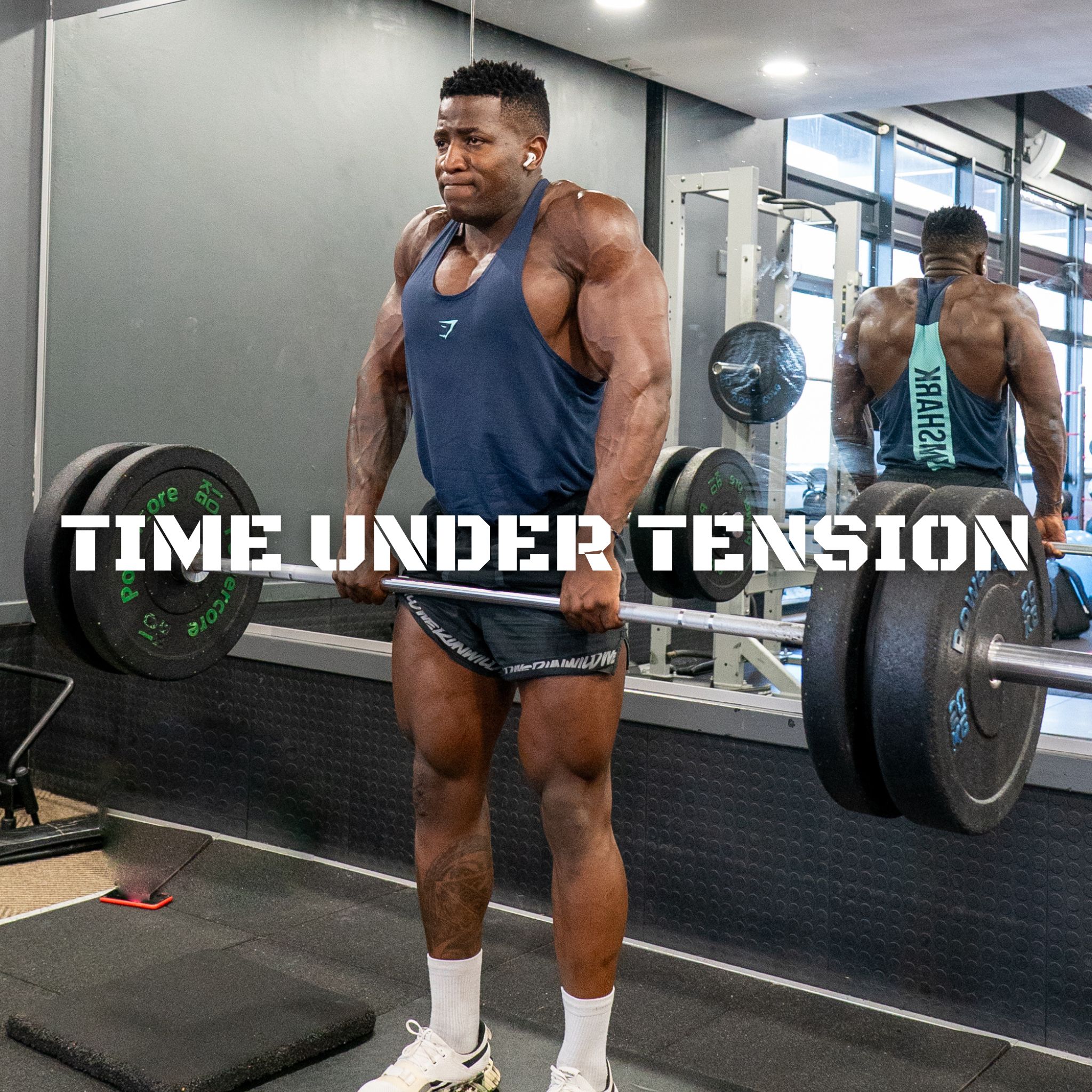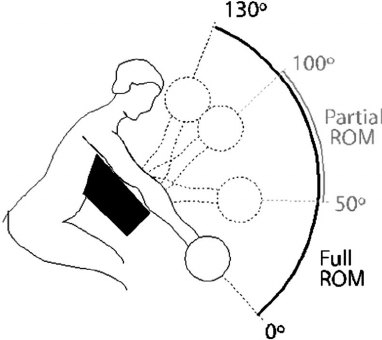
Time Under Tension (TUT) Explained!
Sometimes, despite putting in intense effort and maintaining a proper diet, it can be frustrating when your muscle growth seems to plateau. It may lead you to question whether you’re doing something wrong.
However, have you considered modifying your training method?
I’m not suggesting you abandon your tried-and-true exercise routine. Rather, I propose adjusting the tempo of your movements. Surprisingly, simply changing the pace of your exercises can yield remarkable results.
This technique is known as “time under tension” (TUT). TUT can significantly impact your progress while minimizing the risk of injuries. Allow me to provide a brief explanation of this method.
Science of Time Under Tension (TUT):
- Optimal Weight
- Cadence
- Range of Motion
Optimal Weight
One of the reasons why time under tension is effective is its ability to induce blood restriction within the muscles. Our muscles are supplied by arteries and blood vessels that run between them. When you lift weights at a very light intensity, such as 10% of your one-rep max (1RM), you do not significantly restrict blood flow to these vessels. However, when you increase the weight to approximately 50-60% of your 1RM, you can cause blood flow restriction within the blood vessels. This restriction can lead to the accumulation of lactic acid during exercise.
After completing your training session, the removal of the weight or release of tension causes a rush of blood to flow into the muscle cells. This influx of blood, which occurs around the 50-60% range, aids in flushing out the accumulated lactic acid and other metabolic byproducts. It is important to note that going heavier than this range does not cause further restriction of blood vessels or provide additional benefits in terms of blood flow restriction.
When incorporating TUT into your training, especially with lighter weights, you want to reach a point where you can somewhat restrict the blood flow within the vessels. This is similar to the concept of blood flow restriction training.
For instance, if your bench press weight is typically 90kg, consider using a weight of around 45kg while focusing on time under tension.
By implementing time under tension with an appropriate weight, you can harness the benefits of blood flow restriction. This includes the accumulation and subsequent clearance of lactic acid. This approach, when combined with the prolonged muscle engagement associated with TUT, contributes to the overall effectiveness of the training method.
In summary, time under tension can facilitate blood flow restriction within the muscles, leading to the accumulation of lactic acid during exercise. By utilizing an appropriate weight range and incorporating TUT, you can maximize the benefits of blood flow restriction training. Thereby, enhancing your workout results.
Cadence

Certainly! Let’s discuss the importance of cadence in your training. The tempo at which you perform each repetition plays a crucial role in maximizing muscle growth and strength. By slowing down the eccentric (lowering) phase of the movement to approximately 3-5 seconds, you can stimulate greater muscle development and enhance overall strength.
During an exercise, focus on controlling the weight as you lower it, extending the eccentric phase for the specified duration. Avoid pausing at the bottom position and instead, transition smoothly into the concentric (lifting) phase. While lifting the weight, aim for an explosive movement without compromising proper exercise form or technique.
By emphasizing a slower eccentric tempo, you create greater time under tension for your muscles, stimulating more muscle fibers and promoting muscle growth. This prolonged eccentric phase also increases the metabolic stress on the muscles, further enhancing their adaptive response.
It is essential to maintain proper form throughout the exercise. The explosive concentric phase should be performed with control, ensuring that the intended muscles are effectively engaged and targeted. Avoid relying on momentum or jerky movements to lift the weight.
By implementing a deliberate and controlled cadence in your training, you can optimize muscle growth and strength development. Remember to maintain proper form, focus on a slower eccentric phase, and execute the concentric phase with an explosive yet controlled movement.
Range of Motion

Certainly! Let’s discuss the importance of range of motion (ROM) in your exercises. When selecting a range of motion, it is generally beneficial to avoid fully extending the movement. Fully extending can release tension in the muscle, rendering the exercise less effective. Instead, focus on a range of motion where tension is maximized, and then reverse the movement.
By stopping the movement at the point where the tension in the muscle is at its highest, you maintain continuous engagement and create greater time under tension. This prolonged tension stimulates muscle fibers and promotes muscle growth and strength development. Additionally, it helps enhance muscular control and mind-muscle connection.
As you perform each repetition, remember to fully squeeze the targeted muscle at the peak of the movement. This contraction at the top position further enhances muscle activation and can lead to greater muscle development.
It’s important to note that you can apply this method to any exercise. Whether you’re performing squats, bicep curls, or bench presses, the concept of selecting an optimal range of motion and focusing on maximizing tension remains consistent.
To summarize, when it comes to the range of motion, avoid fully extending the movement. Instead, select a range where the tension in the muscle is maximized. Reverse the movement at the point of maximal tension, ensuring continuous engagement. Don’t forget to fully squeeze the muscle at the top position for optimal muscle activation. Remember, this approach can be applied to various exercises to enhance your training effectiveness.



